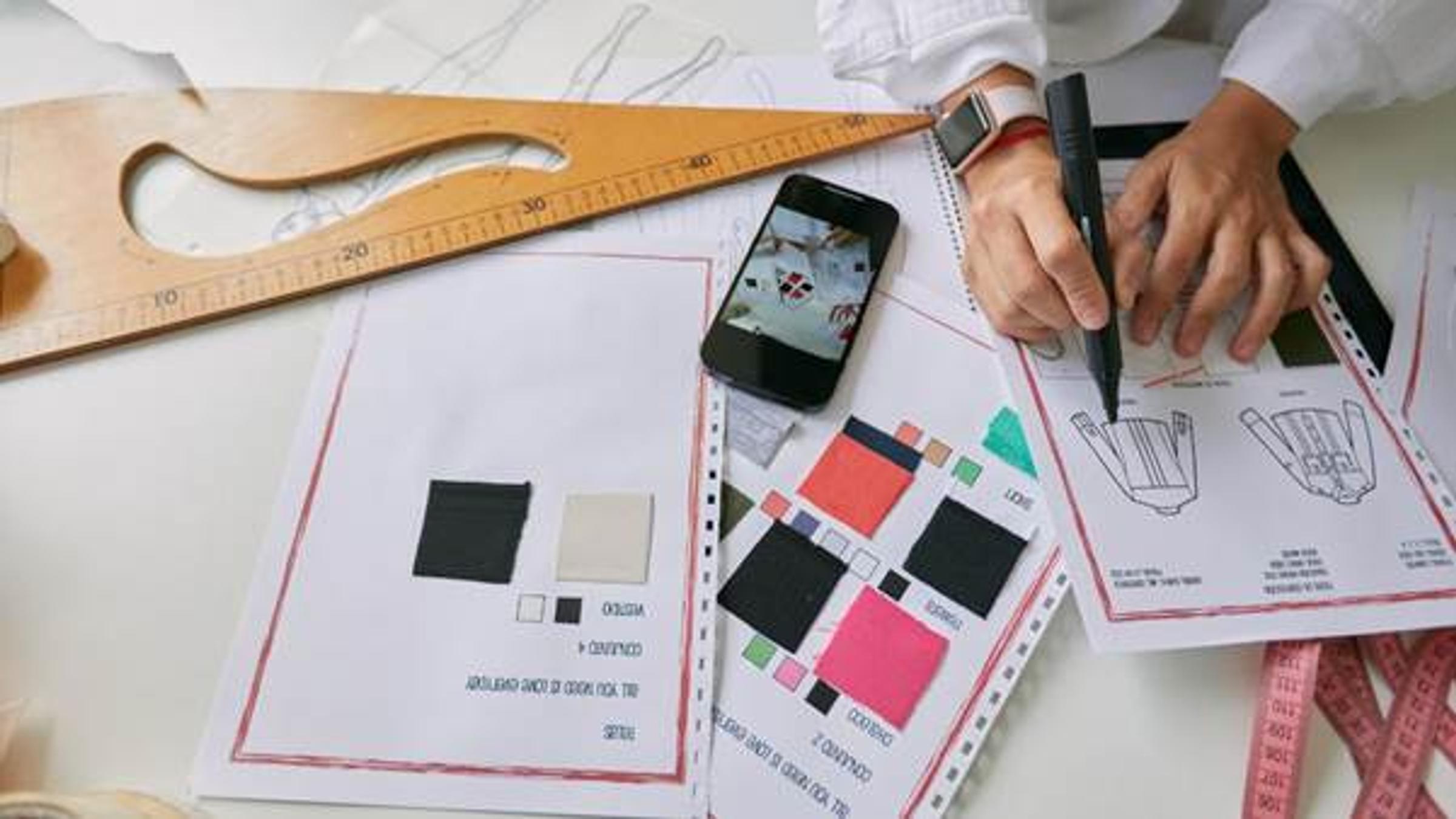Skills for Work, University

The power of portfolios
When applying for jobs or university courses, you might find you're asked to submit a portfolio alongside (or instead of) a resume or your academic results. But what exactly is a portfolio, and why does it matter? In this blog, we'll explore everything you need to know about portfolios, and provide some tips so you can start building your own right away.
What is a portfolio?
In simple terms, it's a collection of your best work and achievement - a showcase of your skills, accomplishments, and experiences that allows others to gain insights into your abilities.
Why are portfolios useful?
Portfolios are great because they provide a broader understanding of your capabilities beyond traditional grades and test scores. They allow universities and potential employers to assess your potential based on real work you've undertaken.
Different types of portfolios
Portfolios come in two primary forms: physical and digital, and each has its advantages.
Physical portfolios
As you might have guessed, these are tangible collections of your work and achievements. They can take the form of a physical binder, folder, or even a custom-made presentation book. They're well-suited for artistic and industrial disciplines, where the physical presence of your work matters, such as fine art, architecture, or fashion.
Digital portfolios
Digital portfolios, on the other hand, are virtual collections of your work and accomplishments, presented through online platforms or websites. They allow you to showcase multimedia content, including documents, images, videos, and interactive elements. They're highly versatile and are particularly valuable for fields that emphasise technology and digital skills, such as web development, graphic design, or digital marketing.
Which one should I choose?
The decision to create a physical or digital portfolio depends on your goals and the industry you're targeting. Physical portfolios can create a lasting impact in visual and hands-on fields, where the tactile experience matters. On the other hand, digital portfolios offer convenience and accessibility, making them ideal for showcasing tech-savvy skills and reaching a broader audience online.
And there's nothing wrong with having one of each either!
Who might ask for a portfolio?
Portfolios are sometimes requested by universities during the admissions process, especially for creative or specialised programs, or for alternative entry pathways (including early entry).
In the professional world, industries such as design, marketing, media, technology, and engineering may require them when evaluating candidates for roles. And even if not explicitly asked for, having one can make you a more attractive candidate and set you apart from the competition.
What to include in a portfolio
To create an impactful portfolio, regardless of its form, you should try to include the following elements:
Your best work: Choose samples that showcase your skills and achievements most effectively.
Reflections: Add brief explanations or reflections on each piece, highlighting what you learned or gained from the experience.
Recommendations: If possible, include letters of recommendation from teachers, supervisors, or mentors.
Resume: Attach a resume that outlines your experiences and accomplishments.
When selecting work samples for your portfolio, consider the specific requirements and expectations of the job or course you're pursuing. For example, if you're applying for a graphic design position, focus on showcasing your design projects, visual communication skills, and proficiency with design software.
Start building your portfolio
If you're in high school and want to start building your portfolio, you can follow these steps:
Identify your passions: Determine your interests and strengths to create a portfolio that aligns with your goals.
Gather your work: Collect your best pieces, certificates, and awards that showcase your skills and achievements.
Seek feedback: Share it with teachers, mentors, or friends to gain valuable insights and improve your presentation.
Keep updating: As you progress, continue adding new accomplishments and works.
Building a portfolio is an ongoing process of growth and refinement. As you gain new skills, finish new projects, or receive feedback, continuously update and improve it. Regularly reassess the relevancy and impact of your work samples and make adjustments as needed.
Want to learn more?
If you're keen to explore more about potential future pathways, you might like to check out some of the other resources on our website.